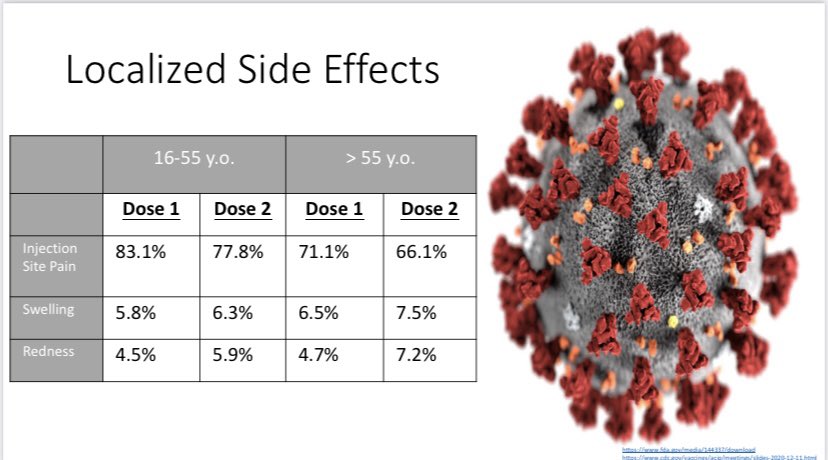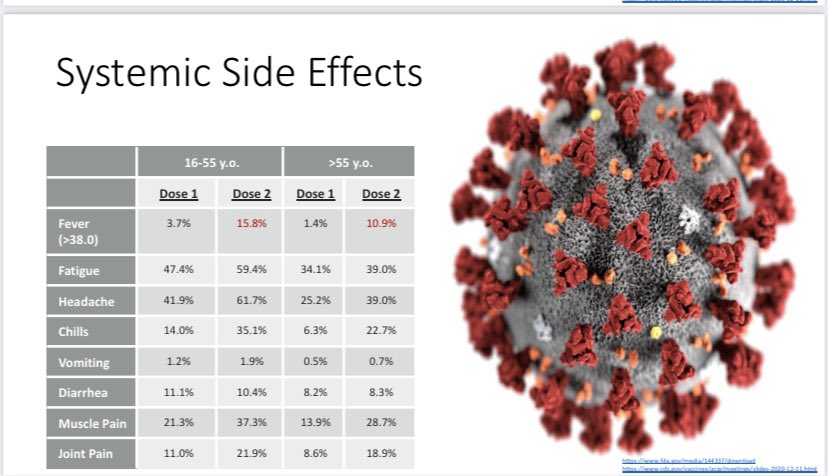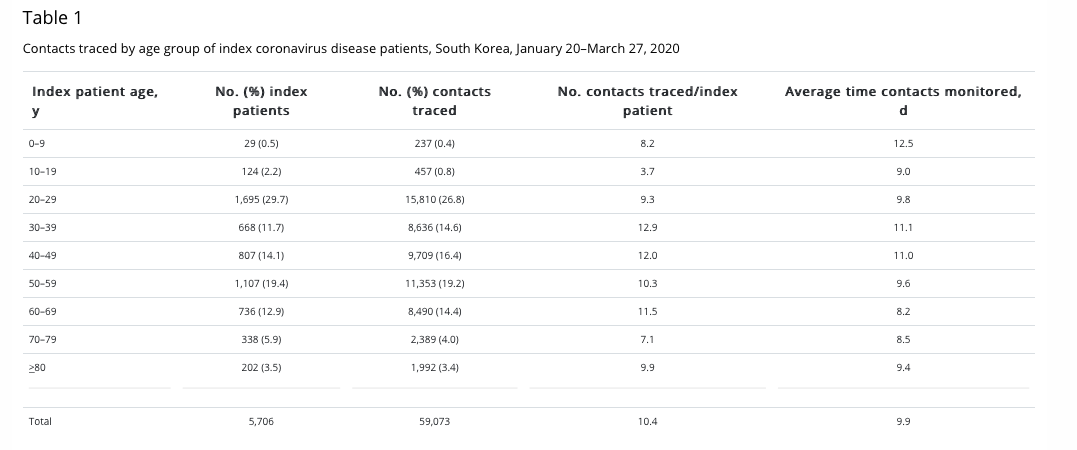
Thoughts on #CovidVaccine Rollout
I see a lot of suggestions/posts about #vaccine rollout and since I have been involved with this thought I would provide insight based on my experiences
See thread below 👇
1/
I see a lot of suggestions/posts about #vaccine rollout and since I have been involved with this thought I would provide insight based on my experiences
See thread below 👇
1/
1. Expecting our hospitals/healthcare systems to absorb the #CovidVaccine rollout without support is unreasonable.
- Hospitals are running on empty and short staffed trying to manage caring for patients
- Rolling out this vaccine takes a lot of support and planning
2/
- Hospitals are running on empty and short staffed trying to manage caring for patients
- Rolling out this vaccine takes a lot of support and planning
2/
2. The lack of federal coordination is making this increasingly complex
- Each state has its own plan and within each state each hospital has its own plan
- There is no uniformity
- This leads to disparities between and within states
3/
- Each state has its own plan and within each state each hospital has its own plan
- There is no uniformity
- This leads to disparities between and within states
3/
3. As to be expected there are people trying to game the system, which adds to additional headaches.
This is causing hospitals and health depts to "police" the system, something they are not equipped (or be expected) to do.
4/
This is causing hospitals and health depts to "police" the system, something they are not equipped (or be expected) to do.
4/
4. The ultra cold chain storage of the #PfizerBioNTech #vaccine requires careful planning so doses are not wasted. You must know how many people you are going to vaccinate on a daily basis to ensure you don't thaw and end up wasting vaccine.
5/
5/
5. In addition to making sure we have enough #CovidVaccine, we also need enough supplies for vaccine administration
We often get a 6th dose from each vial but supplies provided account for 5 doses/vial
- We need saline, needles, syringes, bandaids, alcohol swabs, etc
6/
We often get a 6th dose from each vial but supplies provided account for 5 doses/vial
- We need saline, needles, syringes, bandaids, alcohol swabs, etc
6/
6. We need to quickly expand the infrastructure and people able to give the #CovidVaccine.
- We need vaccinators. We should think outside the box and leverage other health professionals- dentists, veterinarians, podiatrists, allied health to help administer vaccine.
7/
- We need vaccinators. We should think outside the box and leverage other health professionals- dentists, veterinarians, podiatrists, allied health to help administer vaccine.
7/
7. We need to make recording of administration and tracking of individuals much easier.
- Part of the challenging logistics has been registering, tracking and monitoring individuals who get vaccine. We need a quicker and more streamlined way to do this.
8/
- Part of the challenging logistics has been registering, tracking and monitoring individuals who get vaccine. We need a quicker and more streamlined way to do this.
8/
Final Thoughts
- Currently the biggest issues with #CovidVaccine rollout that I see are logistical and coordination
- Right now the issue is not about having enough vaccines
- We need to figure out how to fix the bottlenecks and get the #vaccine into arms
9/
- Currently the biggest issues with #CovidVaccine rollout that I see are logistical and coordination
- Right now the issue is not about having enough vaccines
- We need to figure out how to fix the bottlenecks and get the #vaccine into arms
9/
• • •
Missing some Tweet in this thread? You can try to
force a refresh







